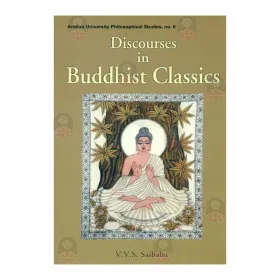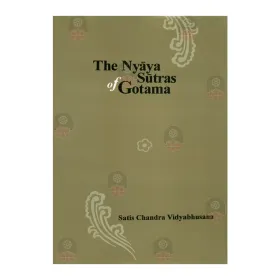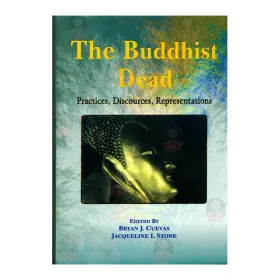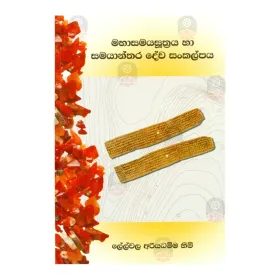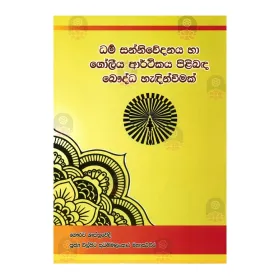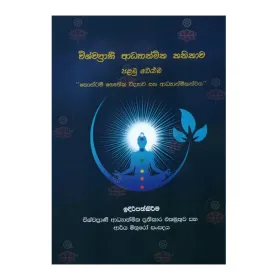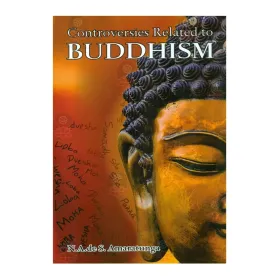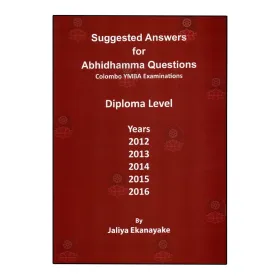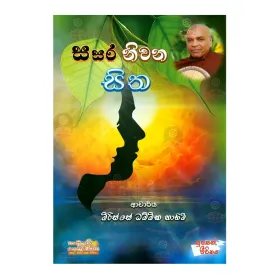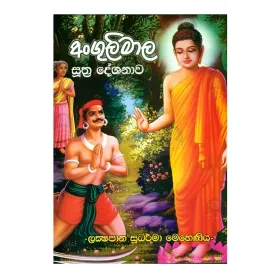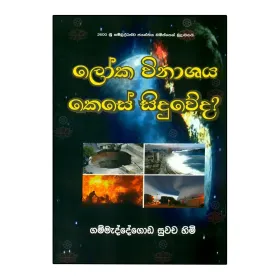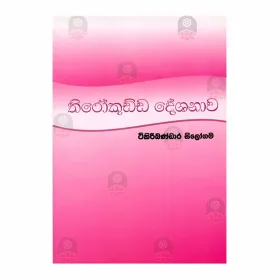Discourses in Buddhist Classics
Out-of-Stock
Discourses in Buddhist Classics is primarily designed with twofold objective viz. (a) to serve as the tool for post-graduate teaching of the Course in Philosophy of the Buddha; and (b) to sustain the interest of the enterprising student by providing comprehensive understanding of Theravada and Mahayana schools of Buddhism. Divided into six chapters, the first chapter gives an account of the missionary life and object of Buddha's teachings from Pali and Sanskrit sources; the second surveys the evolution of Pali language and its significant contribution; the third and fourth provide a brief sketch of Pali Tripitakas, the salient features as well as the Philosophical doctrines of Theravada and Mahayana Buddhism by comparison and contrast. The last two chapters discuss the historiography of the two representative Buddhist Classics each from Thervada and Mahayana philosophical schools of Buddhism viz., Dhammapada, Sutta-Nipata, Vajracchedika Prajnaparamita and Saddharma Punóarika Sutra while throwing light on their central teachings. This work serves as a useful companion for the scholars and researchers who are seriously interested in the history of Buddhist literature.
Rs 2,030.00

